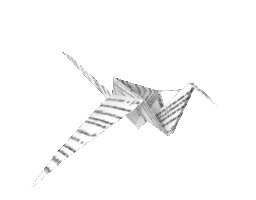Researcher
Yousuke Takahama
National Institutes of Health
Statistics
246 papers found
Papers authored by Yousuke Takahama

Refreshing results…


K. Ishihara,
S. Ono,
Y. Takahama  ,
F. Hirayama,
H. Hirano,
K. Itoh,
K. Dobashi,
S. Murakami,
Y. Katoh,
M. Yamaguchi,
T. Hamaoka
Upload
,
F. Hirayama,
H. Hirano,
K. Itoh,
K. Dobashi,
S. Murakami,
Y. Katoh,
M. Yamaguchi,
T. Hamaoka
Upload
 ,
F. Hirayama,
H. Hirano,
K. Itoh,
K. Dobashi,
S. Murakami,
Y. Katoh,
M. Yamaguchi,
T. Hamaoka
Upload
,
F. Hirayama,
H. Hirano,
K. Itoh,
K. Dobashi,
S. Murakami,
Y. Katoh,
M. Yamaguchi,
T. Hamaoka
Upload



1987
Atsushi Kosugi,
Takayuki Yoshioka,
Takashi Suda,
Haruo Sano,
Yousuke Takahama  ,
Hiromi Fujiwara,
Toshiyuki Hamaoka
Download from api.wiley.com
,
Hiromi Fujiwara,
Toshiyuki Hamaoka
Download from api.wiley.com
 ,
Hiromi Fujiwara,
Toshiyuki Hamaoka
Download from api.wiley.com
,
Hiromi Fujiwara,
Toshiyuki Hamaoka
Download from api.wiley.com














Missing publications? Search for publications with a matching author name.